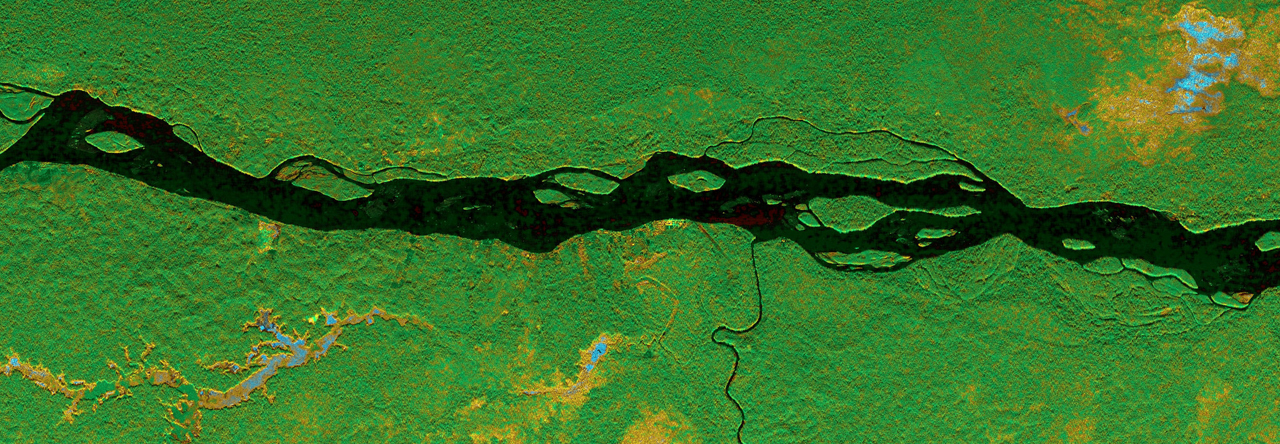
Over the years I’ve noticed my blood pressure creeping up a few points, on average, each year. Recent readings have been good (around 110/70) but I’ve seen my systolic BP register as high as 130, which is considered prehypertensive, and high(ish) blood pressure runs in my family.
Controlling blood pressure is an important factor in terms of reducing risk of heart attack and stroke. Common sense measures are avoiding excessive salt, exercising daily, limiting alcohol, and losing weight if overweight. But what about food?
Garlic
This study from 2017 found that raw crushed garlic significantly improved several aspects of metabolic syndrome in humans, including systolic and diastolic blood pressure.
In this rat study, hypertensive rats given S-1-propenylcysteine, a compound from aged garlic, had their systolic blood pressure return to baseline values.
Fish Oil
In this study, older adults experienced a drop in blood pressure after taking four grams of fish oil per day for twelve weeks.
This study found that older adults given fish oil for twelve weeks experienced fewer hypertension-related symptoms.
Fish oil is a supplement, not a food, but presumably fatty fish such as salmon and sardines would have a similar effect. And this study suggests that’s the case.
Low-Fat Dairy
This broad review of the literature found associations between consumption of low-fat dairy (especially skim milk) and reduced hypertension, but no association with supplemental calcium, supplemental vitamin D, or whole-milk dairy products.
Whey protein in particular appears to reduce hypertension.
Dark Chocolate (Maybe)
This paper reviewed twenty recent interventional studies using cocoa on both normotensive and hypertensive subjects, and found modest but consistent reductions from high-flavanol chocolate, especially dark chocolate.
On the other hand, this eight-week study found no effect on blood pressure in hypertensive adults from daily consumption of dark chocolate.
This study found very modest reductions in blood pressure, but improved endothelial function after four weeks of adding high-polyphenol dark chocolate to subject’s diets.
Berries/Red Grapes (Maybe)
In one study, blueberries, while improving endothelial function, didn’t appear to reduce blood pressure.
This study found modest improvements in blood pressure and other cardiovascular markers from daily consumption of strawberries, but not enough to warrant a “treatment effect.”
However this meta-analysis found significant reductions in blood pressure from foods rich in anthocyanins, including berries and red grapes/wine.
Summary
Daily exercise (long brisk walks at a minimum) is probably the best defense against (and remedy for) hypertension and metabolic syndrome, even among young people. But diet comes in at a close second. While recent research suggests that reducing sodium may not be effective, adding fresh garlic, fatty fish, skim milk and/or whey protein may be beneficial. And dark chocolate, berries, and red grapes may have additional positive effects on endothelial function.




